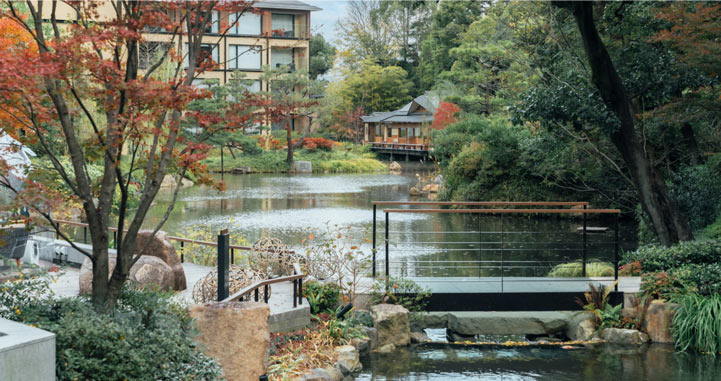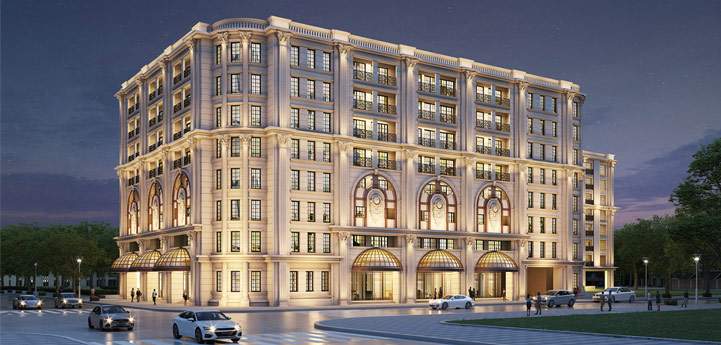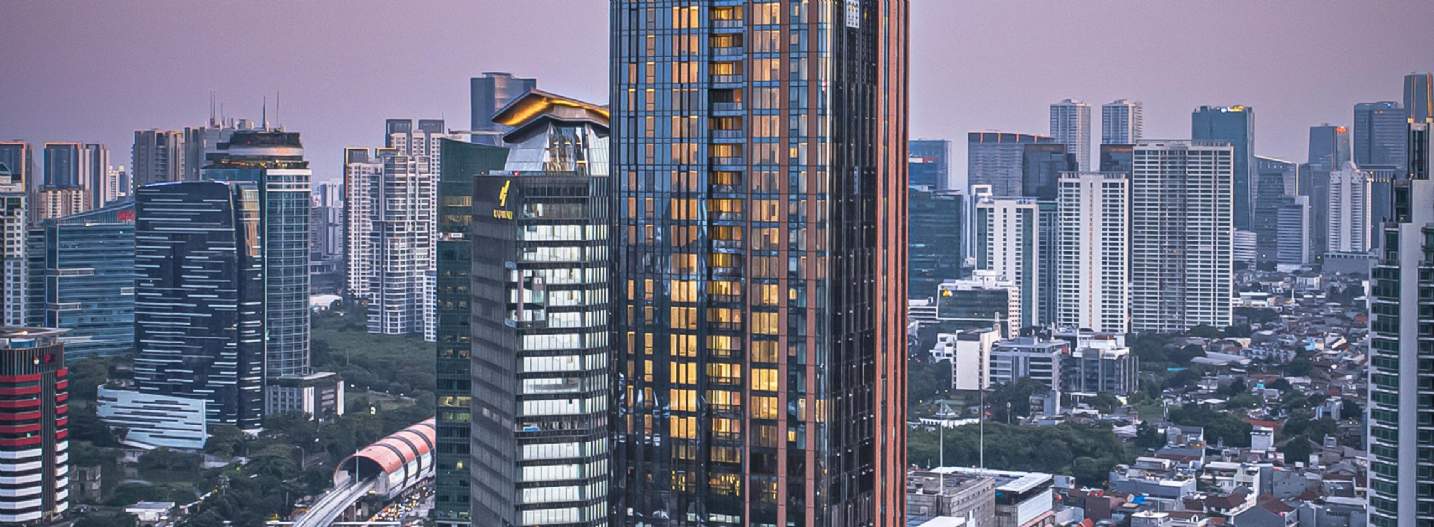The number of branded residences continues to increase with many new projects scheduled in the APAC region
Growth of the sector
Branded residences in Asia Pacific fill two distinct roles within prime property markets. In some markets, especially emerging cities, branded residences can offer residents high-quality and exclusive primary homes. Whereas in resort-oriented locations, branded residences are more typically second homes and trophy assets for regional and international high-net-worth individuals (HNWIs). Brands expanded into Asia Pacific during the 1990s, after the inception of branded residences in North America in the 1980s. As a share of total supply, the region has witnessed an increase of 216% in the supply of branded residences over the past decade.
Growth in APAC sub-markets continues unabated, as brands value the growth prospects of many regional locations. Across the most active markets in the region, the average pipeline growth stands at 72% for the forecast period to 2030. While more established locations such as Manila, Singapore, Bali, and Phuket have lower pipeline growth figures, emerging locations such as Da Nang, Busan, and Niseko are all projected to see their number of schemes grow by more than 150%.

Four Seasons Residences Kyoto, Japan
Compared with the Americas and EMEA, Asia Pacific has the most diversity by chain scale within its hotel-branded offering, with schemes across all chain scales from luxury to midscale developments. This diversity appeals to all segments of the market and demonstrates the commitment of parent brands to the full variety of potential buyers across the region. Unlike the Americas and EMEA, luxury branded schemes account for less than 50% of total supply.
For many markets in APAC, especially in emerging cities, newly wealthy residents may choose a branded residence as their primary residence considering the risk that non-branded stock may not provide amenities to the same standard. While luxury hotel brands only account for 44% of the total supply across Asia Pacific, brands across the spectrum of hotel chain scales account for over 80% of total supply. Upper-upscale and upscale chains account for 32% of the schemes in operation and often fill a gap in the housing supply for luxury, primary residences. In markets such as Vietnam, Thailand, and the Philippines, upper-upscale and upscale developments account for more than 50% of the total schemes in operation, demonstrating the potential for the expansion of non-luxury schemes globally.

The Ritz-Carlton Residences Hanoi, Vietnam
Branding, with its associated quality and service, can often produce premium pricing when applied to residential products in many markets. Across Asia Pacific, the average price premium for branded residences stands at 21% on an unweighted basis. While moderately lower than the global average, the chain scale positioning of branded residences in Asia Pacific is more diverse, resulting in premiums that appear more suppressed than if only luxury schemes were included. However, across the region, price premiums can vary significantly based on the type of scheme and the location. Established locations tend to achieve lower premiums as there is a greater level of competition from similar non-branded stock.
A trend seen in many markets across the Asia Pacific region is for buyers looking for primary residences, as branded residences offer security, high-quality product, and higher implied status compared to non-branded schemes. Resort markets across the region also attract international buyers as well as local buyers looking for secondary residences. The different buyer profiles can result in varied price premiums across schemes and locations within the region. Ultimately, each market is unique and Savills possesses a customised, premium analysis model to evaluate local premiums.
Outlook
The growth of the branded residential sector looks set to continue apace, with brands looking for new locations to increase their market share. Internationally mobile high-net-worth individuals, able to live and work from any location, will continue to drive demand for branded residences. These buyers are often less reliant on debt to finance their purchases and will be less inhibited by rising interest rates or other economic headwinds.
Domestic demand for luxury branded residences is likely to grow faster in emerging markets where the quality of existing stock does not meet buyer expectations for high-quality fit-out and services by newly wealthy individuals. In these markets, there will be opportunities for urban upscale and luxury products for brand-loyal, well-travelled buyers.
According to Oxford Economics, Asia Pacific is projected to exhibit the highest growth in terms of high-income households over the next five years. We anticipate new high-net-worth buyers to be looking for primary residences and second homes in branded schemes. Future hotspots may include some of the cities that are going to witness a strong rise in such wealthy individuals, including Jakarta, Ho Chi Minh City, Beijing, and Shanghai.
As the branded residences sector continues to expand, especially in Asian markets, the offering of brands across different chain scales and from both hotel and non-hotel brands will likely continue to diversify, offering an increasing variety of options for ever-more discerning buyers.
For more detail on the global branded residences environment and to read our Developer Roundtable, please see our main publication:
Spotlight: Branded Residences 2022
Spotlight: Branded Residences – EMEA
Spotlight: Branded Residences – Americas
